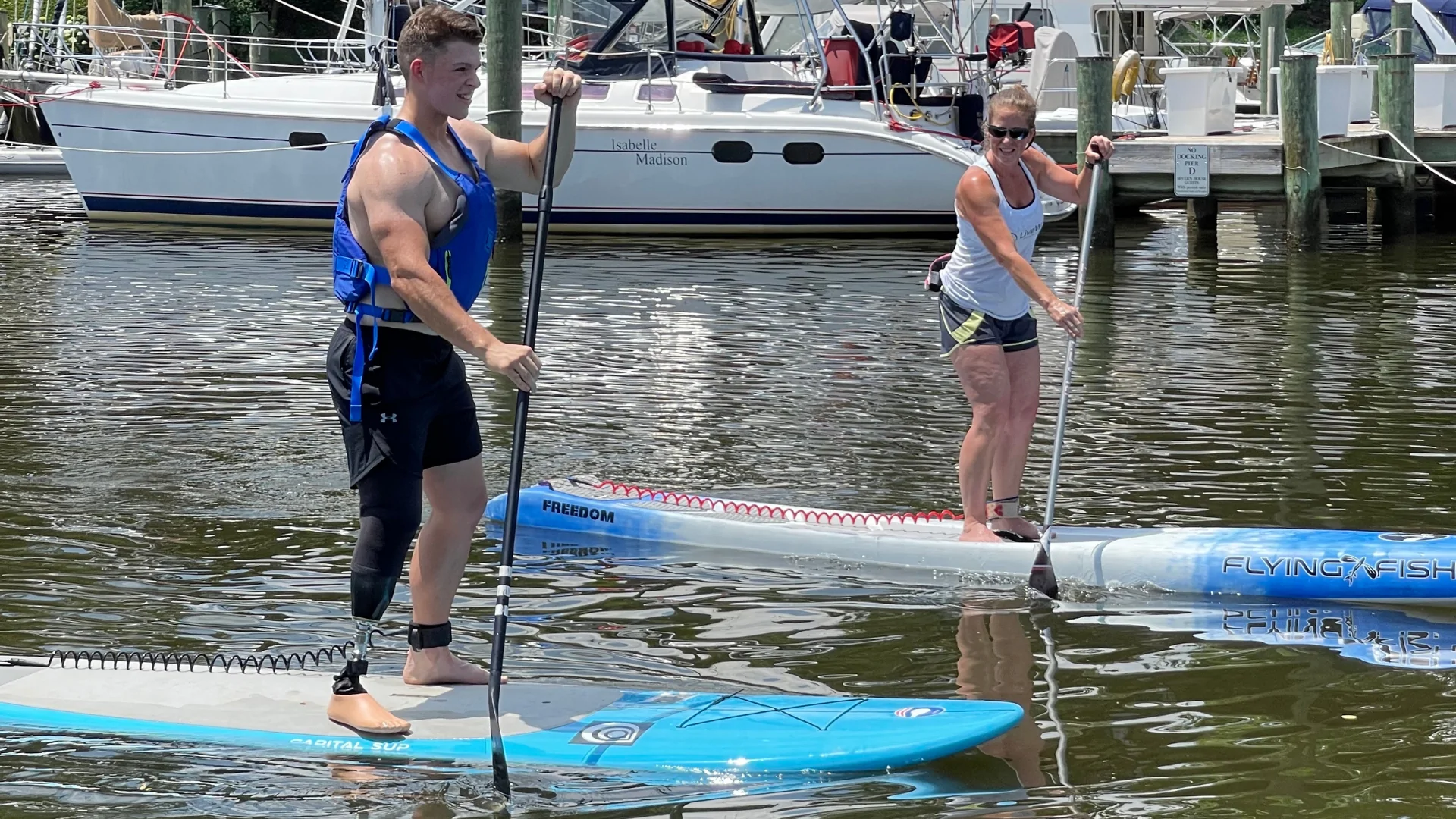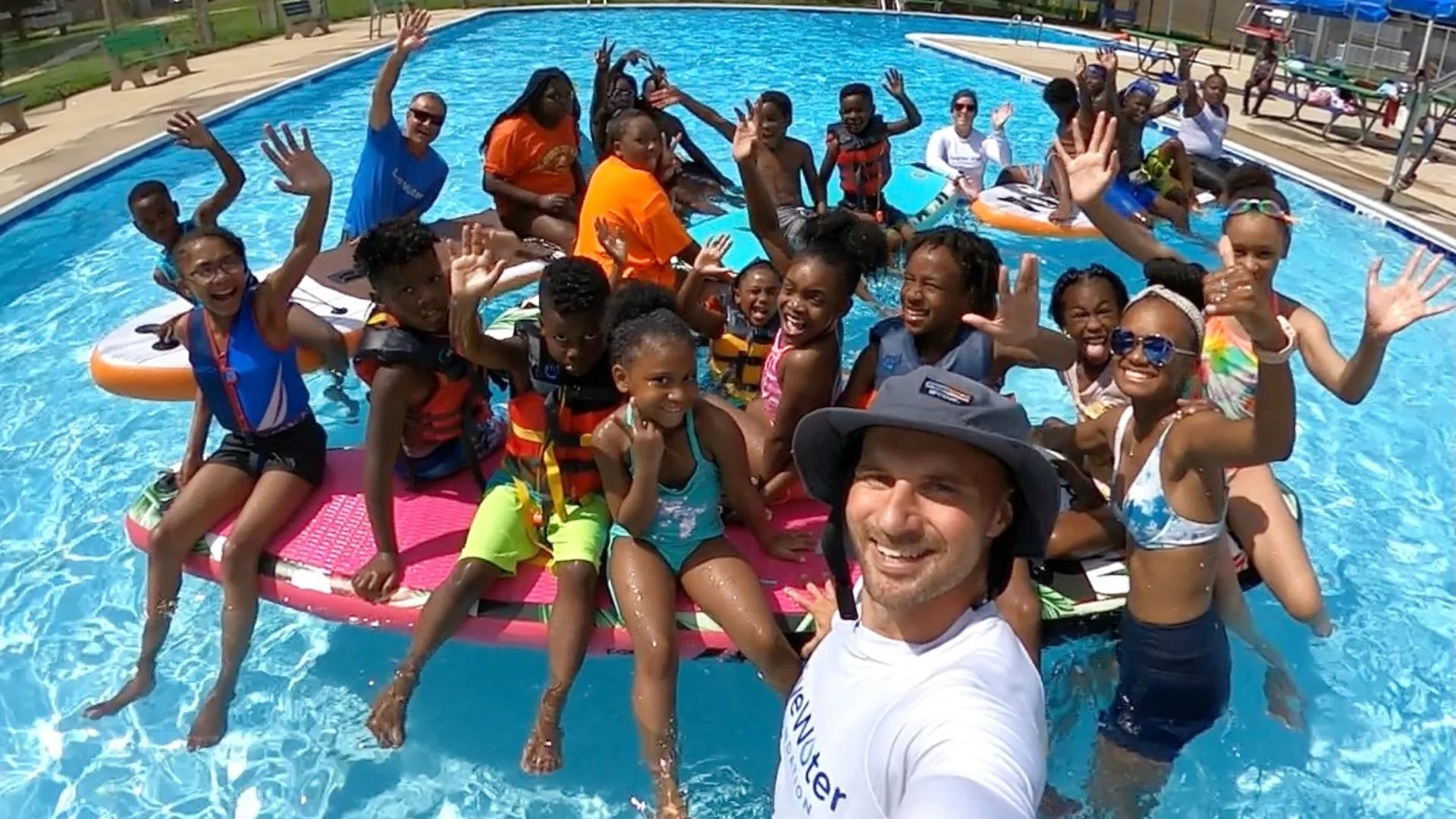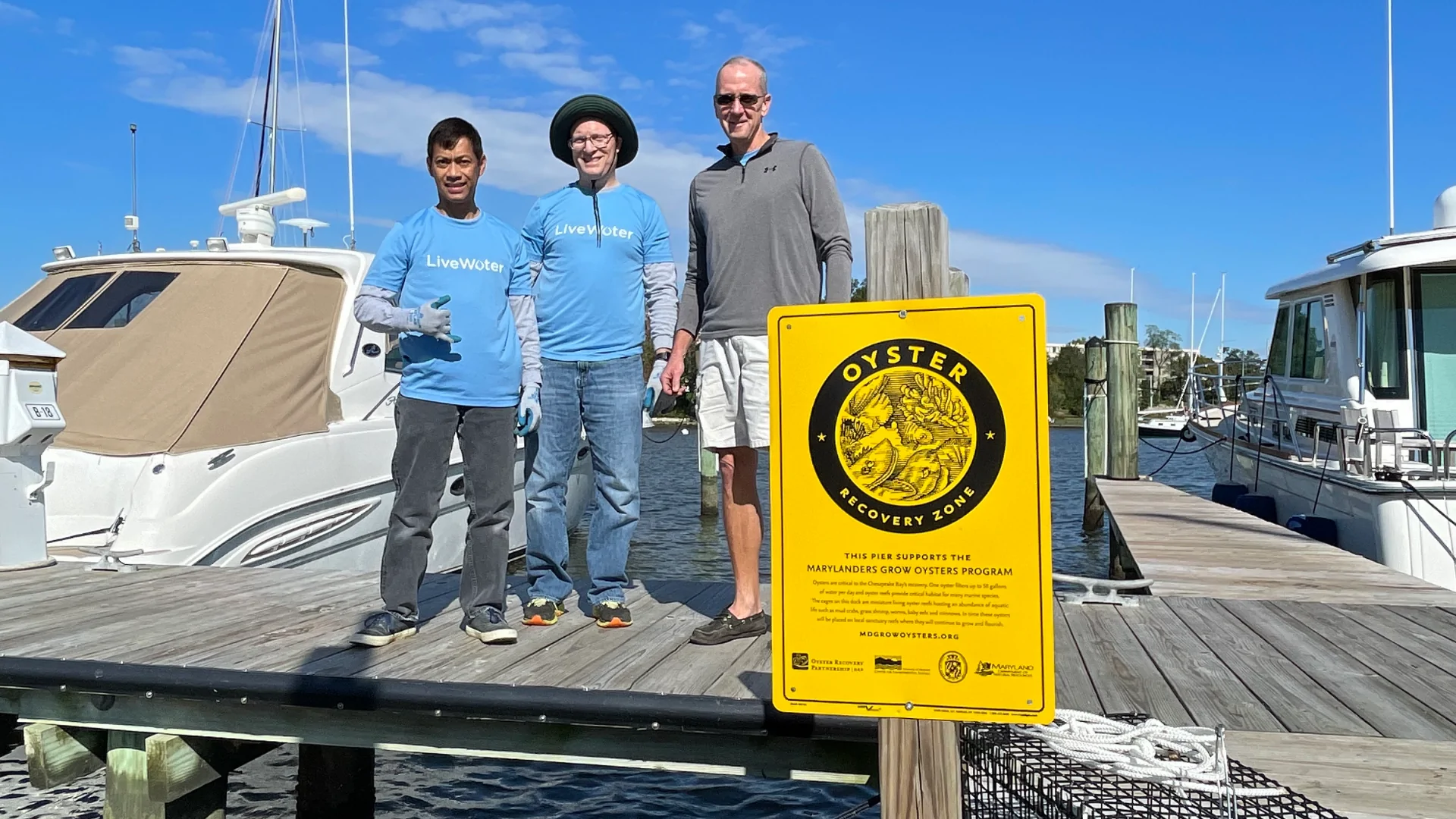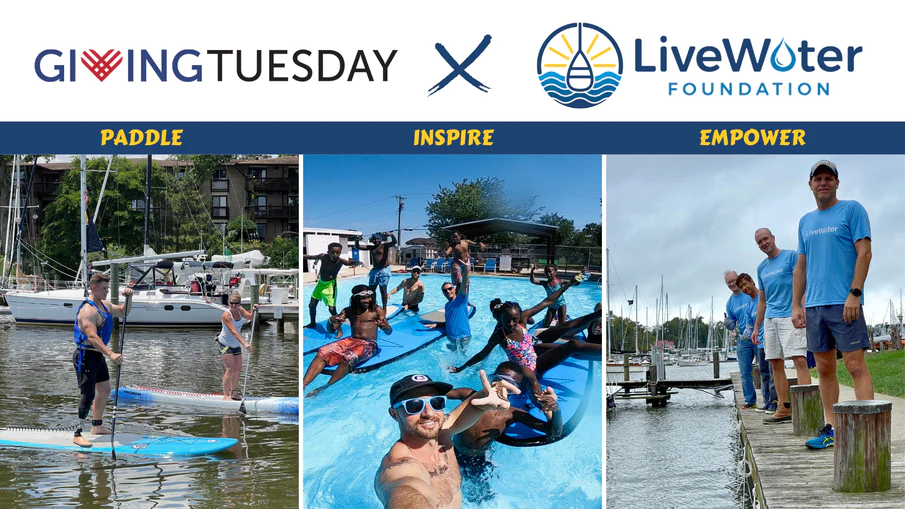What is Giving Tuesday?
Giving Tuesday is a global generosity movement that began at the legendary 92rd Street Y in New York City, founded by its executive director Henry Timms. Since its initial campaign in 2012, Giving Tuesday has spread to over 70 countries and territories worldwide. It has rightly gained increasing attention as it continues to raise donations for charitable organizations. In 2020, Giving Tuesday brought in $2.47 billion in America alone – a 25% increase since 2021, and just over double the amount raised only 9 years ago in its first year.[1] The utilization of social media platforms has made Giving Tuesday a successful campaign in attracting first-time donors, and has effectively become the day most associated with charitable giving.[2]
Why is Giving Tuesday important to us?
Live Water Foundation is a 100% volunteer-based organization that relies entirely on charitable contributions. Our goal is to spend as much time as we can focused on the proper development and implementation of our programs, rather than organizing fundraisers. Giving Tuesday’s mission and reach extends to us an opportunity to elevate our story and broaden our donor base, two key contributors to providing the private funding without which our programs could not run. In 2017, 67% of the donations from Giving Tuesday were from first-time donors.[3] We hope to tap into that incredible potential to increase our ability to continue to provide free services to military veterans and underserved youth, as well as funds for our Chesapeake Bay restoration initiatives.
Where does your donation go?

Wai Koa
Wai Koa, Hawaiian for “Water Warrior” and pronounced why-co-uh, is an adaptive paddling program for physically and mentally disabled veterans, active military, and first responders to get them outside and engaged in on-land and on-water activities.
Once a week, from Memorial Day to Labor Day, members of Live Water Foundation paddle with Walter Reed Military Hospital adaptive sports program members. The veterans are taught the basics of stand up paddleboarding in a group environment while socializing. We also join members of Team Red, White, and Blue (Team RWB) and Wounded Warrior for paddle adventures, like guided tours through the various creeks and rivers of Annapolis, or for land activities like helping to beautify the parks we enjoy.
The above activities help to promote a sense of community, purpose, and self-efficacy – all of which are proven to have immense therapeutic benefits that greatly increase a veteran’s overall quality of life. (Self-efficacy, not to be confused with self-esteem, refers to a person’s sense of what they are capable of accomplishing, as determined by previous experiences.) Soldiers are trained to be expertly skilled in their field with top precision. When they sustain an injury that leads to an inability to perform in the way they are conditioned, they experience a dramatic drop in self efficacy, which in turn leads to higher rates of anger, depression, tension, anxiety, and stress.[4] Many studies have confirmed that participating in outdoor sports and recreation activities greatly reduces the occurrence of these negative mood states, and increases an individual’s sense of vitality, vigor, purpose, and enthusiasm.[4]
For an individual with a recently acquired disability, having the opportunity to experience a sense of vigor is extremely important considering the physical, social, and emotional barriers they must continually navigate, and may also lead to a feeling of coherence between themselves and their current situation.[4] Studies have also linked adaptive sports and therapeutic recreation programs to an increased ability to treat PTSD. According to researchers, recreation can be used as “a therapeutic modality which facilitates stress reduction, the development of social networks, the redevelopment of skills needed to enjoy activities, and the recreation of joyful memories, all of which are particularly challenging for the individual with PTSD.”[4]
Our Wai Koa program continues to be successful, as we see many veterans requesting to join, with a significant number of returning participants. We hope to expand our program to offer more sessions to even more veterans, especially considering the number of troops returning home from Iraq and Afghanistan.
We have a vision of Annapolis being a hub for veterans and military members to make connections and socialize, but we need help getting there.
$250 will sponsor one Wounded Warrior to partake in our Wai Koa Program. DONATE

Junior Wai Koa
Junior Wai Koa is a stand-up paddle board camp for kids that we offer through a partnership with the Housing Authority of the City of Annapolis (HACA). Our home here on the Chesapeake Bay is synonymous with being on the water, but for Annapolis’ most disadvantaged youth, spending time on it seldom happens. Our Junior Wai Koa program allows us to provide an unforgettable summer experience for some of these children, and we hope that the skills they learn will help increase their access to on-water activities in the future. We also educate them about our local waterways and the restoration efforts that exist to help improve their quality. Lessons begin at the pool, then move to one of the local creeks to help solidify the children’s connection to the Chesapeake Bay watershed.
There are countless studies that solidify the connection between participation in sports activities such as paddle boarding and a long list of health benefits, from physical fitness to a decreased risk for depression, anxiety, heart disease, cancer, and diabetes. Engaging in group activities also increases a young person’s sense of relatedness, competence, and autonomy, and encourages positive, growth-oriented socialization.[5][6] Researchers have also noted that young people who engage particularly in outdoor activities have a higher instance of lifelong physical activity.[6]
Yet, many such activities are cost-prohibitive either because there are fees associated with something like a summer camp or recreational sports league, or special equipment is required, or in a lot of cases, both. For families who are already stretched thin, these sign up fees and equipment costs are a barrier of entry. Paradoxically, it is those socioeconomically stressed families that could most benefit from participating in these activities.[5]
With the help of last year’s fundraising, we were able to add a new component to the program focused on the fundamentals of swimming. Drowning is the second leading cause of death among American children and youth under 14 years old, and 88% of victims had insufficient formal swim training.[6] Several studies, including one by the World Health Organization, have concluded that children and youth residing in underserved communities are at the greatest risk of drowning because they are unlikely to take swimming lessons or participate in recreational swimming.[6][7] What’s more, the largest contributing factors in the learning gap are lack of access to pools and training materials as well as stereotyping.[7]
Our swim component was a huge success, but the considerable progress that we saw this past season can be built upon substantially if we have the opportunity to reach these kids before summer begins.
$150 will sponsor one Underserved Youth to partake in our Junior Wai Koa Program DONATE

Environmental Initiatives
We add an environmental initiative for every veteran and youth program we run. Historically, this has been building oyster cages, trash cleanups on land and water, and water quality monitoring.
As a pre-season opener and celebration of Earth Day, we’ve partnered with Annapolis City Greenscape, UpCycle, and Capital SUP to organize a nature park cleanup for the last two years. Also, in 2021, we began a full-service oyster cage operation to aid in the “Marylanders Grow Oysters” (MGO) project managed by the Oyster Recovery Partnership. Throughout the oyster growing season, our team inspects and maintains cages for the participants of MGO, removing all of the work for them.
We believe that it’s everyone’s responsibility to care for our environment. Still, as a group of people who spend about as much time as we can on the water, we feel intimately connected to it. There is a personal sense of stewardship that we’ve cultivated as paddlers, and with each minute spent on the water, that link grows. We’re proud of our ability to utilize community action to beautify our parks and clean our waterways by empowering individuals to play an active role in looking after what they can enjoy.
$150 will sponsor three oyster cages filled with baby oysters to be grown in our Full-Service MGO Program DONATE
References:
[1] GivingTuesday 2020: Driving Unprecedented Generosity in an Unprecedented Year. (n.d.). Giving Tuesday. https://issuu.com/givingtues/docs/2020_givingtuesdayimpact_final?fr=sYzNkZjI3MDkyMDg
[2]Lindsay, D. (2018). ‘New Power’ for an Old Charity: Henry Timms is Giving Tuesday’s impresario. The Chronicle of Philanthropy, 30(6), 25+. https://link.gale.com/apps/doc/A536255790/AONE?u=aacc_ref&sid=bookmark-AONE&xid=2529ed00
[3]Pruitt, A., & TeKolste, R. (2019). # GivingTuesday: What We Know Now.
[4]Lundberg, N., Bennett, J., & Smith, S. (2011). Outcomes of adaptive sports and recreation participation among veterans returning from combat with acquired disability. Therapeutic Recreation Journal, 45(2), 105-120.
[5]Eric G. Post, Nicole E. Green, Daniel A. Schaefer, Stephanie M. Trigsted, M. Alison Brooks, Timothy A. McGuine, Andrew M. Watson, David R. Bell,
Socioeconomic status of parents with children participating on youth club sport teams,
Physical Therapy in Sport, Volume 32, 2018: 126-132
[6]Griffin, Kent. “Exploring the Possibilities of Outdoor/Adventure Education.” Kinesiology Review 9, no. 4 (November 2020): 299–304.
[7]Aaron J. Bever, Marjorie A.M. Friedrichs, Pierre St-Laurent,
Real-time environmental forecasts of the Chesapeake Bay: Model setup, improvements, and online visualization, Environmental Modelling & Software, Volume 140, 2021, 105036, ISSN 1364-8152, https://doi.org/10.1016/j.envsoft.2021.105036
[8]Environmental Protection Agency, W. D., & Maryland State Dept. of Education, B. (1982). Chesapeake Bay: Introduction to an Ecosystem.
[9]Mann, Roger L., Restoring The Oyster Reef Communities In The Chesapeake Bay: A Commentary (2000). Journal Of Shellfish Research, 19(1), 335-339.


0 Comments